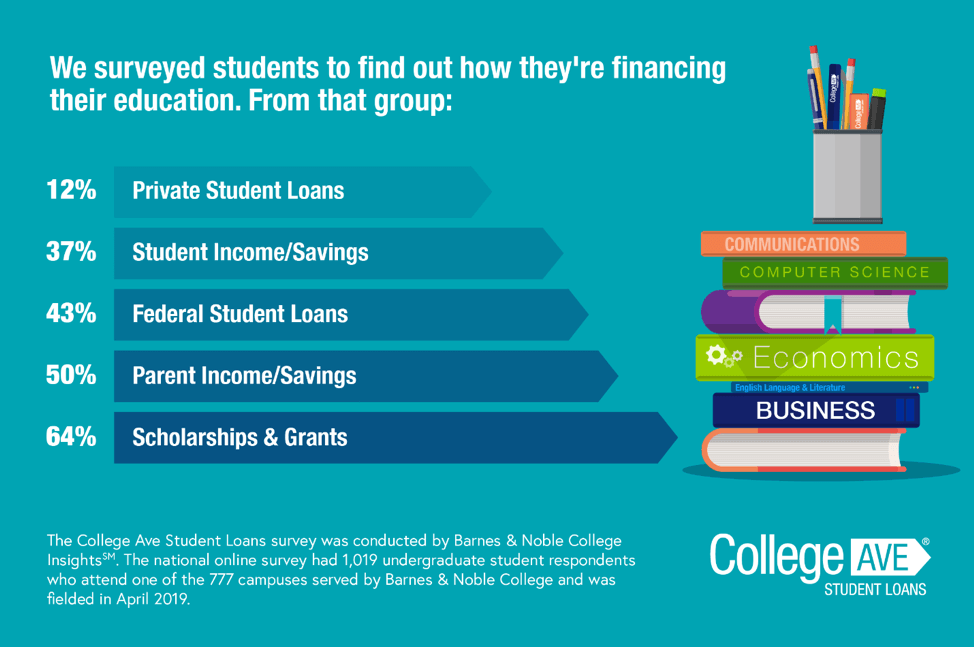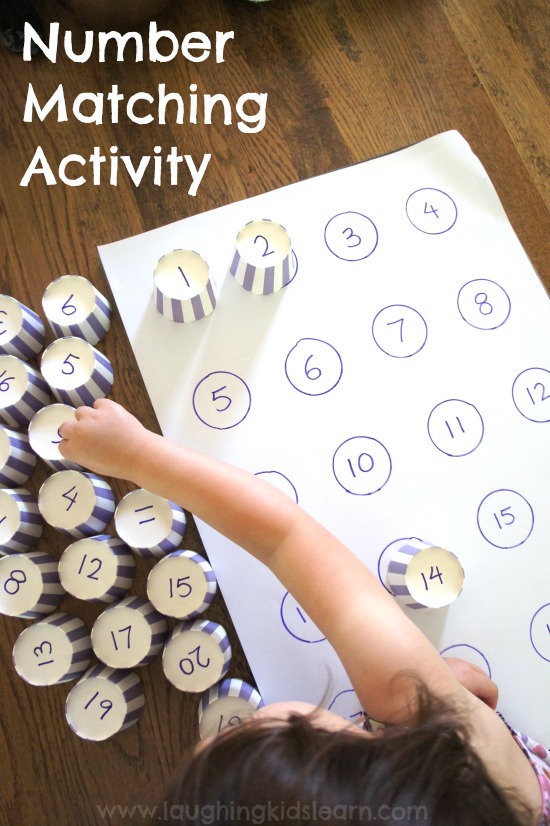
High school football is a sport played on a gridiron between students from the United States and Canada. This sport is a popular interscholastic sport in both the United States and Canada. High school football poses many health risks. Young players are more likely to sustain concussions. It is important to understand the effects of these injuries on young players. This article provides more information on high school football.
Depression and suicidal thoughts in ex-football players
A new study shows that there is no evidence suggesting that high school footballers have a higher chance of suicidal thinking or depression as they age. The study, which was published in Clinical Journal of Sport Medicine, looked at data from over 2,350 former footballers. The study found that high school footballers had higher rates for depression and anxiety disorders but not higher levels of current symptoms or suicidal thinking.

Although the association between suicide risk and playing high school football is unknown, some researchers have hypothesized that football players who played high school football are at increased risk of developing mental health problems. However, this hypothesis remains controversial, as many of the known risk factors for suicide are related to prior mental illnesses, such as depression or bipolar disorder, or family history of suicide. This study is one among a few to establish a direct association between football and the chance of developing depression and suicidality.
Cost-effectiveness in high school football
It's not clear what high school football costs, but there is much discussion about its benefits. In some cities, such West Texas for example, the football program generates enough revenue and pays for its own expenses. Some say it's simply the cost of playing today's sports, while others believe it's out of control. The question of cost-effectiveness in high school football depends on what you think and how much you value the sport.
More than 1 million high school football players in the United States played high school football during 2014. In response, more than one million students played high school football in the United States in 2014. These concerns include increased risk of neurodegenerative illness, chronic trauma encephalopathy and cognitive impairment. The study found that high school football isn't always the most secure sport. Many students don't want their health to be at risk just for a few extra dollars.
Young players are affected by concussions
A new study shows the impact of head impacts upon youth football players. The research, called the Kinematics of Impact Data Set, was carried out by the Virginia Tech/Wake Forest University School of Biomedical Engineering and Sciences. The researchers determined that the frequency and magnitude of these impacts were critical to the development of new methods to prevent and treat concussions in young football players.

This study was performed to determine if head impacts can lead different types of brain injuries. Brain imaging and Neuroimaging were used by researchers to assess the effects of concussions for young football players. This type of imaging has the advantage of detecting neurological injury, such as changes in white matter diffusivity and cognitive deficits. Additionally, concussions can even be identified in athletes with no symptoms.
FAQ
What does it entail to be a teacher in early education?
A teacher in early childhood education must have specific training. Most states require teaching candidates to get certification from state boards in order to be allowed to teach in public schools.
Some states require teachers pass reading and math tests.
Some states require that teachers complete a specific amount of coursework in early childhood education.
Most states have minimum requirements about what a teacher must know. However, the requirements may vary between states.
What are the factors to consider when choosing a major
The first step is to decide whether you prefer to enter a particular profession straight away or attend college. First, make a list about your interests and talents. There are many things you might enjoy reading, listening or watching music, talking to others, doing housework, or even playing sports. Your talents can come from singing, dancing, drawing, painting, writing, sewing, cooking, woodworking, gardening, photography, carpentry, auto mechanics, plumbing, electrical wiring, computer programming, accounting, mathematics, chemistry, physics, engineering, medicine, dentistry, nursing, psychology, law, social work, teaching, etc. When you identify your talents and interests, you can use these to guide you in choosing a major.
If you are interested to be an artist, art history or fine arts might be a good choice. Biology might be a good choice if you are passionate about animals. You might consider pre-medicine or medical tech if you are interested in becoming a doctor. Computer science, computer networking, or computer engineering might interest you if you want a career that involves computers. There are many choices. Be clear about your goals.
What does early childhood education mean?
Early Childhood Education is a profession that aims to help children become happy, healthy adults. It can teach them everything, from reading to getting them ready for kindergarten.
The goal of early childhood education is to help kids learn and grow by providing them with age-appropriate experiences.
Early childhood educators often have to assess each child's developmental needs. This helps to decide if a particular program would benefit each child.
Parents also have the opportunity to meet teachers and other professionals who are familiar with working with young children in early childhood programs.
The role of parents is equally important in the early childhood education. They should know how to take care of their children properly and provide support and guidance when necessary.
Parents can also take part in activities that teach skills to their children for the rest of their lives.
Preschool education is sometimes called early childhood education. However, this term can be used interchangeably with daycare centers. Prekindergarten education starts around three years ago, and early childhood education is similar.
Statistics
- Data from the Department of Education reveal that, among 2008 college graduates, 92.8 percent of humanities majors have voted at least once since finishing school. (bostonreview.net)
- Think of the rhetorical power of nineteenth-century abolitionist Harriet Beecher Stowe, Martin Luther King, Jr., or Occupy Wall Street activists with their rallying cry of “we are the 99 percent.” (bostonreview.net)
- In most developed countries, a high proportion of the population (up to 50%) now enters higher education at some time in their lives. (en.wikipedia.org)
- “Children of homeowners are 116% more likely to graduate from college than children of renters of the same age, race, and income. (habitatbroward.org)
- They are also 25% more likely to graduate from high school and have higher math and reading scores, with fewer behavioral problems,” according to research at the University of Tennessee. (habitatbroward.org)
External Links
How To
How do I apply for scholarships?
First, you must ensure you meet the eligibility requirements to apply for scholarships. The criteria that you must meet to qualify for a scholarship are listed below.
If you are financially disadvantaged, you may be eligible for a grant. A vocational training course can be eligible to qualify you for work-study programs. And you can receive a grant because you are a member of a minority group.
Once you have determined whether you are eligible for a scholarship type, you can apply.
You can apply online or in person. The type of scholarship will determine the application process.
Some scholarships require you to submit essays about yourself and why you want the money. Others will ask questions such "Why did you choose this degree?"
You will need to complete an application form for most scholarships and provide supporting documents.
Your scholarship provider will evaluate the information you supply. If you are selected, you will be notified via email or mail.
Even if your application is not accepted, you may still be eligible to receive a scholarship. Contact your scholarship provider for details.